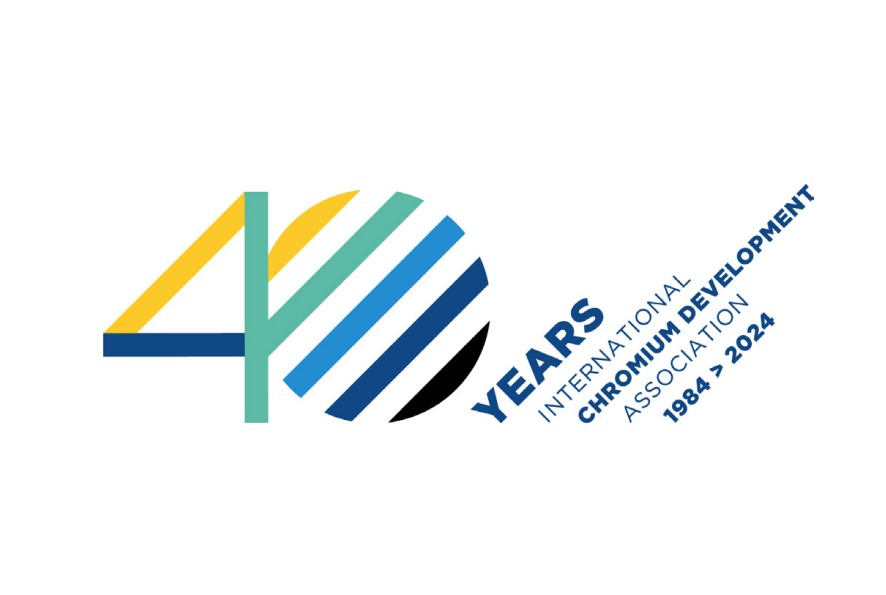Project Blue’s takeaway from the ICDA chromium conference in Hong Kong
News Analysis

30
May
2024
Project Blue’s takeaway from the ICDA chromium conference in Hong Kong
Last week, project Blue joined the International Chromium Development Agency at their annual conference hosted in Hong Kong this year.
Over the past ten years, China has been a major driver of growth in the global stainless steel sector, significantly impacting the chrome ore and ferrochrome markets. However, China's slowing construction industry, increasing global geopolitical tensions, and ongoing protectionist measures could affect the supply and demand dynamics that have shaped the chromium market. The general sentiment is that the chromium market is entering a new phase, but it remains largely a South Africa–China story.
Supply
South Africa exported record amounts of chromium ore to China in 2023 and Q1 2024. However, South Africa’s PGM industry is facing consolidation, potentially affecting as much as 17% of UG2 by-product concentrate capacity this year. Increased restocking from China and rising demand from Indonesia and India may strain the South African supply chain, which could be the catalyst to drive higher beneficiation rates of UG2 chrome.
Demand
China is transitioning its economic growth model from investment-driven to consumption-driven, which is expected to create new types of demand. Domestic stainless steel consumption is projected to slow down, with little upside expected from the construction sector. Even so, China's ferrochrome production capacity has been steadily increasing, with over 13% growth in large-scale SAF production capacities above 30MVA since 2020.
Growth in the stainless steel market is anticipated to come from the automotive sector, where some aluminium components are being replaced with more affordable stainless steel. Additionally, decarbonization is projected to be the biggest driver for stainless steel growth, especially in the expanding hydrogen sector.
Decarbonisation
Decarbonization within the stainless steel industry is gaining traction; however, most of the supply chain lacks clear guidelines on what constitutes decarbonization. The term "green steel" has become popular to describe products with a transparent supply chain that may be considered carbon neutral. This is becoming increasingly important for EU trade as CBAM measures come into effect. Ferrochrome producers, such as Outokumpu, have already started calculating the carbon emissions associated with their HC FeCr products. End users are demanding more transparent CO2 emission data to comply with increasingly stringent CO2 emission controls while remaining competitive in the market. Decarbonization within the ferrochrome industry has the potential to change ferrochrome plant cost structures, as the phasing in of CBAM gradually ceases the free allocation of EU ETS allowances.
Prices
Protectionist measures, coupled with decreasing inflation and interest rates, and increasing GDP, have led to expectations of recovery in the USA and EU markets. The more current concern, however, is the effect of discontinuing the European Ferrochrome benchmark price on the European alloy spot market. Many European producers do not want their products to be priced by China and are looking to various indices to assist in the interim.
Outlook
Growing global geopolitical tensions and supply chain disruptions are major concerns within the ferroalloy industry. Costs have increased due to rising shipping prices, which now account for 50% of the current ore and ferrochrome cost structures, as ships require longer transit times due to the Red Sea crisis.
The outlook for Europe and the USA is positive. European stainless steel is expected to undergo a restocking cycle, while the 25% import tariffs on Chinese stainless steel into the USA are expected to spur some recovery for domestic mills. Meanwhile, China is facing an oversupply of stainless steel stocks, with restocking of port ore stocks likely to continue throughout the first half of the year.
Project Blue’s view of the 2024 chromium market is that the balance between supply and demand will be tight. Continued logistical challenges faced by South African chromium ore producers are likely to keep chromium prices elevated for much of 2024.